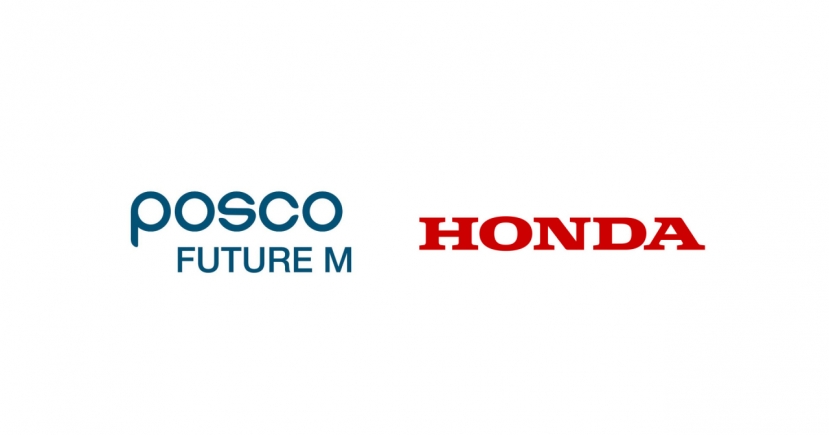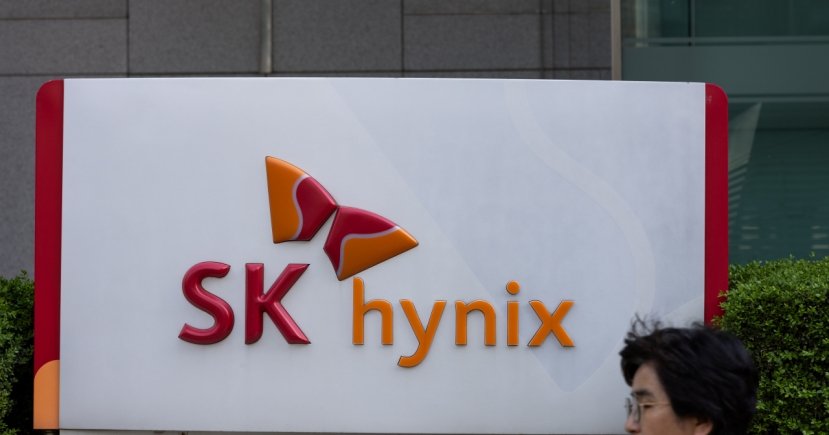Finance
[From the Scene] Staying 'senior-friendly': Next normal of banking
 |
A Hana Bank employee (left) helps an old lady in using the ATM machine at the bank's branch in Tanhyeon-dong of Goyang in Gyeonggi Province. (Hana Bank) |
Orange, green and blue -- the mixture of these vibrant colors is not something you would commonly expect to see at a commercial bank's branch in Korea.
Yet welcoming customers into Shinhan Bank's Sillim-dong branch are color-coded floor lines guiding customers to their respective services. For instance, following the green line leads to desks handling simple tasks like deposits and withdrawals.
This Sillim-dong branch, situated in southern Seoul's Gwanak-gu district, is among Shinhan Bank's six specialized branches for senior customers. Recognizing areas with high proportions of simple transactions for older clients, Shinhan established these branches, starting with Sillim in November 2021.
The branch bustles with activity at around 11:00 a.m. on a regular weekday, primarily with older customers, reflecting the local demographic. According to Choi Young-Mi, the branch general manager, around 70-80 percent of visitors are seniors, drawn from the nearby residential area and local market.
Along with the colorful signage, big-lettered and simplified ATMs and spacious waiting areas also differentiate the space from other ordinary branches. Doors between the desks, a feature uncommon in traditional banks due to security concerns, enable employees to step out to assist customers more readily.
Desks for less common tasks, like asset management and private consulting, are placed towards the back of the office to ensure prompt assistance for customers.
Above all, the workforce comprises younger individuals, Choi said, a vital aspect she underscores as fundamental for customer-centered branches.
 |
The interior of Shinhan Bank's Sillim-dong branch in Gwanak-gu, southern Seoul, shows color-coded lines on the floors to direct customers to the respective services. (Shinhan Bank) |
"The company prefers younger staff members here because our tasks demand significant energy and patience. As you can observe, our employees are more mobile compared to other branches, and completing tasks may take longer," the manager noted.
Choi herself, along with the five other general managers of the bank's "customer-centered branches," is relatively younger compared to her peers, and there is no deputy general manager in the six branches.
Unlike traditional setups where managers have private offices, Choi's desk is positioned in the main area to oversee operations closely. She was often spotted assisting customers in the waiting area herself when other staff members were occupied.
Choi emphasizes that the younger does not imply they are less experienced. In fact, on top of their basic working capabilities, they possess a strong sense of morality and responsibility in customer treatment. To prioritize customer assistance, these branches are exempted from certain major performance evaluations.
"For example, we are excluded from evaluations in corporate business sales criteria. Although we do engage in corporate sales, our focus lies more on retail customers, who constitute the majority in this area," Choi elaborated.
Shinhan Bank has been spearheading initiatives to enhance digital services for older people, pioneering the senior-centered branch model with its Sillim-dong office -- the first among commercial banks.
Subsequently, Woori Bank transformed three branches in Seoul into "Senior Plus" branches, while Hana Bank recently opened its first senior-focused branch in Tanhyeon-dong, Goyang, Gyeonggi Province.
KB Kookmin Bank, while lacking branches, operates the "KB Senior Lounge," a mobile van facilitating simple banking tasks for seniors. Since July 2022, these vans have regularly visited welfare centers across five autonomous districts in Seoul and expanded the service to Incheon this year.
 |
An old lady (second from left) gets on the |
The rise of such specialized offices follows warnings from local financial authorities regarding a significant reduction in branch numbers. According to data from the Financial Supervisory Service, the top four commercial banks -- KB Kookmin, Shinhan, Hana and Woori -- operated 2,824 offline branches as of September, down from 3,525 at the end of 2019, reflecting a 20 percent decrease in less than four years.
The decline is primarily attributed to the digital transformation in banking, accelerated notably by COVID-19, as contactless services have become prevalent across industries. While the four commercial banks collectively closed 38 branches in 2019, this figure surged to approximately 200 over the subsequent three years.
Consequently, the digital divide has been widening among older generations unfamiliar with technology. According to the Ministry of Science and ICT's report on the digital divide in 2022, only 49.2 percent of Koreans over 50 used financial services online. This figure dropped sharply to 31.4 percent among those over 70, and even further to 17.9 in case of low-income seniors over 50.
Further branch closures are anticipated in the future. This year, KB Kookmin and Shinhan have already closed or merged several branches in the capital area, while Woori plans to do the same with around a dozen branches just within the first quarter.
Kim Dae-jong, a professor of economics at Sejong University, said in-person branches will not disappear entirely.
"It's not just older people who feel digitally isolated. With South Korea having the highest smartphone distribution rate, those unfamiliar with the digital landscape here, including foreign national residents, feel left behind by rapid digitalization. We need a minimum number of branches to serve the specific role of catering to them," Kim emphasized.
Choi, with over two years of experience managing the Sillim-dong branch, suggested such customer-centered branches may become the new norm in traditional banking. The Sillim-dong branch's role has also expanded beyond merely serving seniors to catering to the broader regional community, she noted.
"Our customer base comprises not only seniors but also small business owners and youth, reflecting Sillim's diverse demographics. We anticipate and address their needs proactively, embodying a genuinely customer-centered mind without the burden of meeting performance targets," said Choi.
By Choi Ji-won (jwc@heraldcorp.com)








